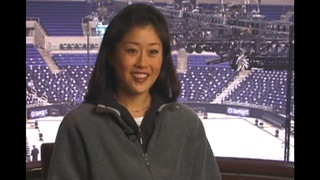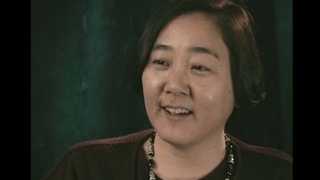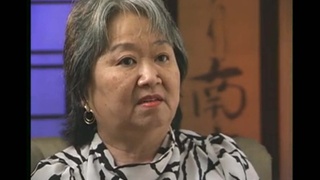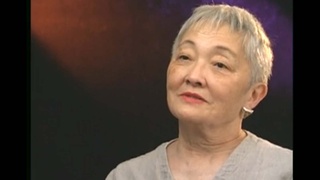Interviews
Identified as Japanese ancestry
I*: What do Nisei and Sansei call themselves here in Oregon? Do they say, “I'm Japanese American”? Or do they say, “I'm American”? Or do they say, “I'm Nikkei” or...what would they call themselves?
I don't know, I don't know what they say when they're among friends or among Caucasians.
I: What about yourself? When you meet someone new?
I tell them I'm of Japanese ancestry if they ask. But you know, no matter where I go, I'm first identified as Japanese. And they say, “Are you from Japan?” So the people who don't know label you immediately that you're from Japan. And this I found at all the meetings I went to.
I: Do you get upset with that question or do...?
No, I've accepted that and it's pretty universal, I think.
I: And what about the Japanese? When you meet Japanese doctors, do they think you' re Japanese?
No, no, I don't think so. I think we stand out being different. Yes, I think...and of course, conversely, we can identify Japanese when they’re here.
* “I” indicates an interviewer (Akemi Kikumura Yano).
Date: December 6, 2005
Location: Oregon, US
Interviewer: Akemi Kikumura Yano
Contributed by: Watase Media Arts Center, Japanese American National Museum
Explore More Videos


Japanese Americans are more aware of their Hapa identity
(b. 1965) filmmaker and artist






Peru Shimpo for the Nikkei community (Spanish)
(b. 1937) Professional journalist

Support from the Japanese American community
(b.1971) Professional figure skater and Olympic gold medalist.

Heightened awareness of identity as a Japanese American
(b. 1955) Lawyer

Reasons for conformity and competitiveness in Gardena, California
(b. 1946) Lawyer




